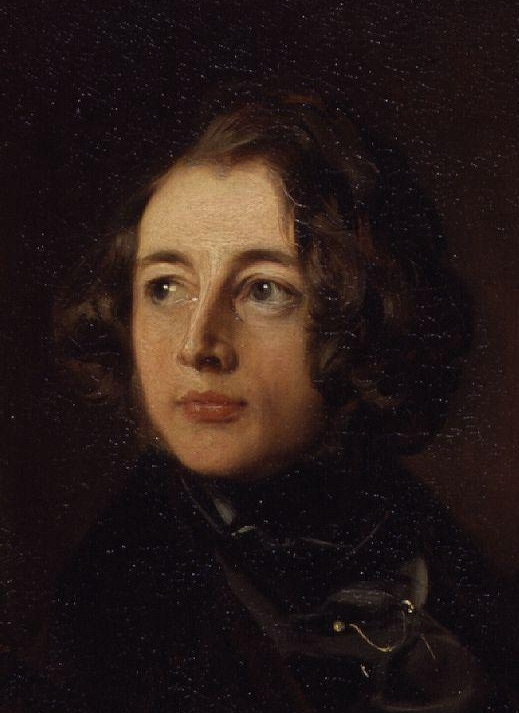Dear Dickens readers,
I’m looking forward to our read-along of Charles Dickens’s miscellany, Master Humphrey’s Clock, and the novel that came to dominate its pages, The Old Curiosity Shop. We’ll read over ten months, starting next Friday 4 April. All the details are here.
In the meantime, here is a little more about how Dickens came to write it.
In July 1839, Charles Dickens was 27 years old and already a famous writer. The Pickwick Papers (1836-7) had been an unprecedented publishing phenomenon; he had started serialising his second novel, Oliver Twist (1837-9), before Pickwick was finished, and Oliver Twist, in turn, was still running when he began serialising his third and similarly popular novel, Nicholas Nickleby (1838-9). But his fourth novel would turn out to be his most popular yet – and the one that consolidated his international fame.

There were still two numbers of Nicholas Nickleby to run, when Dickens wrote to his friend John Forster in July 1839 with an idea for a new miscellany.
He planned to introduce a small group of solitary men, withdrawn from the world, who would gather by the fireside of a gentle old cripple, Master Humphrey, in the case of whose beloved old grandfather clock manuscripts of ‘sketches, essays, tales, adventures, letters from imaginary correspondents and so forth’ would be stored. Mr Pickwick and Sam and Tony Weller were to be reintroduced, along with topical satire and stories about ‘London long ago’.
— Paul Schlicke, Oxford Reader’s Companion to Dickens (1999)
Dickens was inspired by the eighteenth-century periodicals he admired: Addison and Steele’s Tatler and Spectator, Goldsmith’s Bee and Mackenzie’s Lounger. He anticipated commissioning contributions from other writers and he planned to travel abroad, to Ireland or America, with the intention of submitting dispatches. As Paul Schlicke writes:
It gave him an opportunity to draw on his experience as a journalist, to develop a more distinctive editorial persona of an author-observer than that of ‘Boz’, and to try his hand at the framed-tale device which so fascinated him in The Arabian Nights. He was full of confidence for the project.
Dickens agreed to undertake the new journal with his publishers Chapman and Hall in October 1839. He signed a contract that gave him full editorial control and secured him half the profits. He began writing in January 1840 and the first number appeared on April 4.
The first numbers were popular, selling 70,000 copies, but – as we shall see – the periodical couldn’t sustain its initial interest and Dickens had to rethink his plans quickly . . .
I look forward to reading the first instalment together next week!
If you’re not planning to read The Old Curiosity Shop with us, remember you can choose to opt out of our conversation. Just follow this link to your settings and, under Notifications, slide the toggle next to ‘The Old Curiosity Shop’. A grey toggle means you will not receive emails relating to this title.
And finally, a reminder that if you’re in London this coming Thursday 3 April, you would be very welcome to come to Hatchards bookshop on Piccadilly, where I host a monthly classics book club. We’ll be discussing The Great Gatsby by F. Scott Fitzgerald, first published in New York exactly 100 years ago. Details are here – tickets are £5 if you have a free Hatchards Reward Card.






Henry,
I forgot to add this schedule to my calendar. So I will be playing catch up!